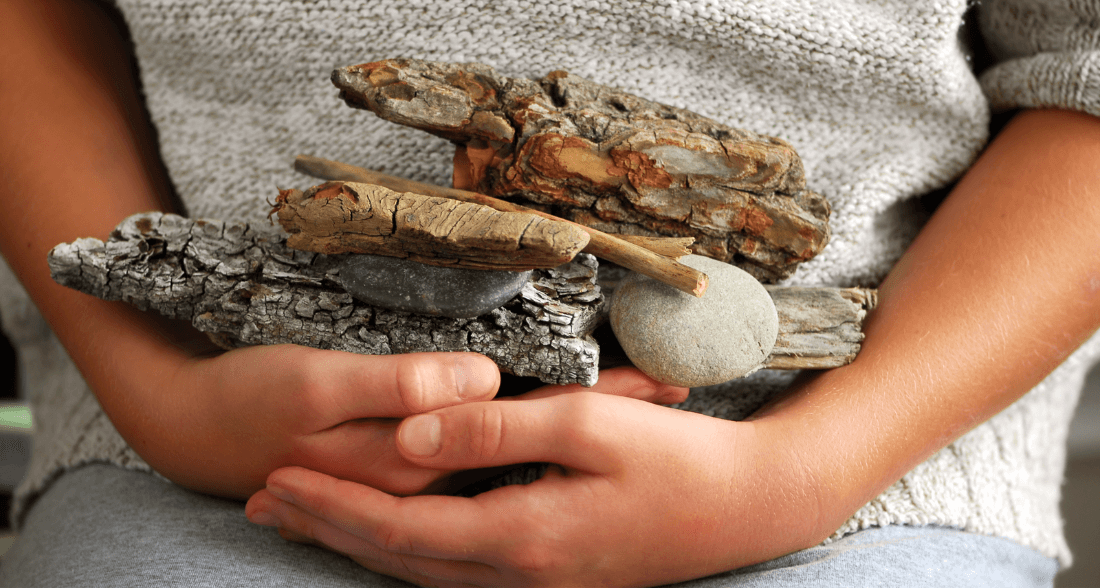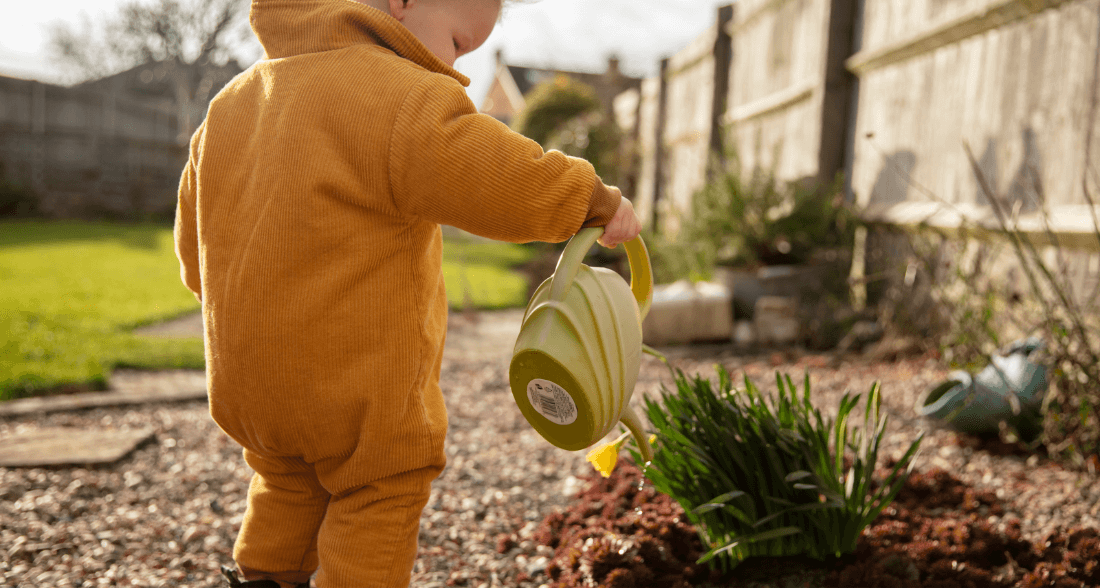Counting With Nature
4 min read
Last Modified 30 May 2025 First Added 12 March 2024

Learning numbers, sequences, shapes and patterns lays the foundation for a broad understanding of numeracy which can help children significantly when they get to school and begin being taught maths, geometry and science. Practising counting regularly also supports the development of their problem-solving skills, critical thinking ability and memory, as well as improving concentration and boosting confidence as they master new skills. Teaching your child to count can begin from a very early age.
The natural world has an abundance of free resources at your fingertips. Taking your child into nature and demonstrating practical ways to apply their growing understanding of numbers reinforces learning, offers new stimulus and gets everyone out and about in the fresh air…
You don’t need to have a large garden, or even an outside space, to take advantage of the numerous opportunities to learn about numbers in the outdoors. Parks and nature trails can provide short walks for little legs, or check out your local directory for ideas about places to visit. Wherever you go, nature offers children lots of fun counting opportunities and can spark an appreciation for the beauty of nature, the natural environment and their place in the world.

We’ve put together some of our top ideas for turning a nature walk, bike ride or even just opening your front door into a learning opportunity that will grow their knowledge and confidence around this fundamental skill.
For children just starting their numeracy journey, make counting a natural part of your everyday dialogue when you are outside. Counting steps to a tree, hops along a wall, birds in a flock or insects on a leaf will reinforce their basic number sequencing skills.
A scavenger hunt will appeal to children of differing ages – perfect if you have more than one! Make age-appropriate lists of items to find such as “3 large leaves” or “5 round stones” and give each scavenger a bag to collect their treasure. Found objects make great collage material when you get home too.
It might be a little early in their learning for the Fibonacci sequence, but identifying shapes that appear naturally, counting their sides and repetition of pattern in nature are all ways to give an early introduction to geometry and symmetry. Ask your little ones to observe where shapes occur and repeat in nature, from rings on a tree trunk to spirals in seashells.
Outdoor games are the perfect way to spark a competitive interest in numeracy. What’s the most skittles they can knock down? How many times can they jump over a stream compared to you? How many times can they hit a ball into a goal? If you want to invest in toys that you can play almost anywhere with a little space, try our selection of sturdy outdoor games that will provide hours of fun, entertainment and learning…
As children grow, their brains can handle higher numbers and more complex sequences. A basic knowledge of numbers will help them with everyday tasks such as telling the time, measuring ingredients or handling money. If your little one is ready for the next stage of learning, try some of these ideas to reinforce counting skills and begin to develop basic knowledge of addition and subtraction.
Measure the growth of plants over time, either your own, grown in the garden, in pots on the windowsill or in public gardens. Using a ruler, recording growth and discussing expectations about what might happen to your results in different seasons are all positive ways to link maths with bigger ideas about the world.

Pavement chalks are an environmentally friendly way to take numbers and maths outside and begin introducing mathematical symbols. Try hopscotch, or creating an ‘obstacle’ course with simple sums and different possible answers to jump to.
Practise the concepts of bigger and smaller, more and less with collections of stones, leaves, pinecones or sticks. Ask them to find a leaf bigger than yours, a ladybird with more spots or the biggest puddle if it’s wet – bring wellies!
Incorporating nature into the process of learning to count not only grows their maths skills but also fosters a deeper connection with the environment that will benefit your children not just when it comes to learning maths, but in every aspect of their growth and development, helping them grow confidence, knowledge, and a sense of wonder about the world around them. For more ways to support your child’s learning at home, read the next blog in our Learning To Count series, Cooking and Counting.
To read our disclaimers, please click here.